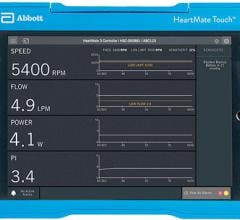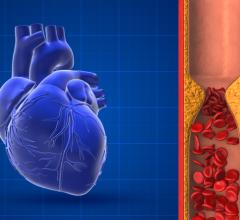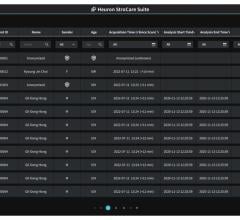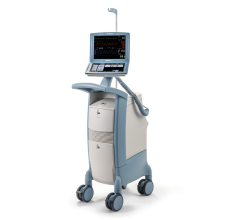
Sept. 16, 2024 – Shockwave Medical, Inc., part of Johnson & Johnson MedTech, has announced the full U.S. launch of the Shockwave E8 Peripheral IVL Catheter, following clearance by the U.S. Food and Drug Administration (FDA). The Shockwave E8 catheter is designed to optimize the treatment of patients with calcified femoro-popliteal and below-the-knee peripheral artery disease (PAD), including patients with complex chronic limb-threatening ischemia (CLTI).
PAD affects more than eight million people aged 40 and older in the United States.1 People suffering from PAD have not only impaired quality of life but also increased risk of heart attack or stroke.2 CLTI is the most advanced and serious form of PAD, impacting nearly 2 million patients in the U.S. It is associated with 40 percent major amputations at 1 year, and a 50 percent mortality rate at 5 years,3 worse than most forms of cancer.
“Shockwave’s newest peripheral catheter offers significant improvements that will help physicians refine their treatment algorithm and better support challenging patients with heavily calcified disease,” said Venita Chandra**, M.D., Vascular Surgeon and Clinical Associate Professor, Division of Vascular Surgery, Stanford Health Care. “The catheter's ability to treat long lesions and its extended reach enable safe and effective treatment of some of our most difficult-to-treat patients, including those with CLTI, a complicated and severe disease state with a high mortality rate.”
With four hundred pulses delivered twice per second, and eight emitters across an 80 mm balloon, Shockwave E8 can treat longer lesions more efficiently. With an increased catheter working length of 150 cm, physicians can extend their IVL treatment to reach below-the-knee and very distal lesions. Combined with Shockwave L6, Shockwave M5+, and Shockwave S4 IVL catheters, the addition of Shockwave E8 offers physicians a complete IVL portfolio to treat challenging calcified lesions across the entire peripheral anatomy.
Learn more at www.shockwavemedical.com.
References

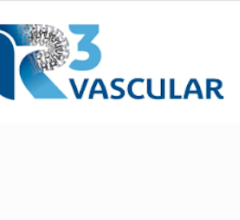
 November 07, 2024
November 07, 2024 

